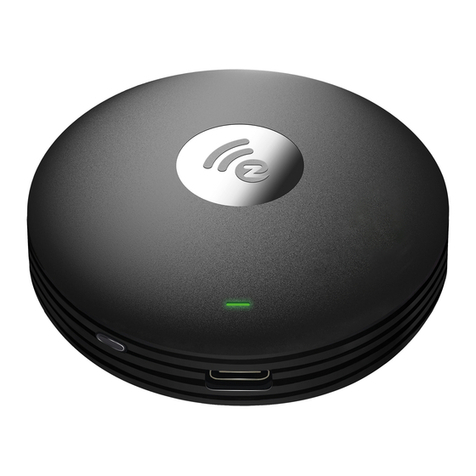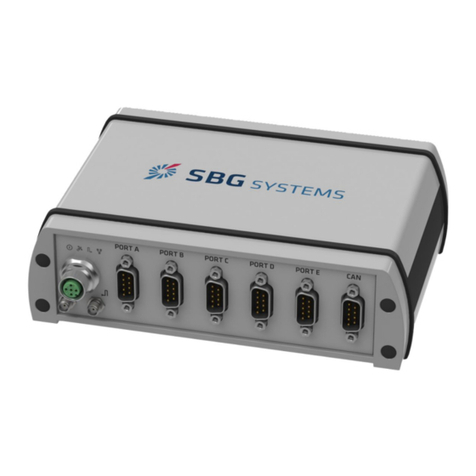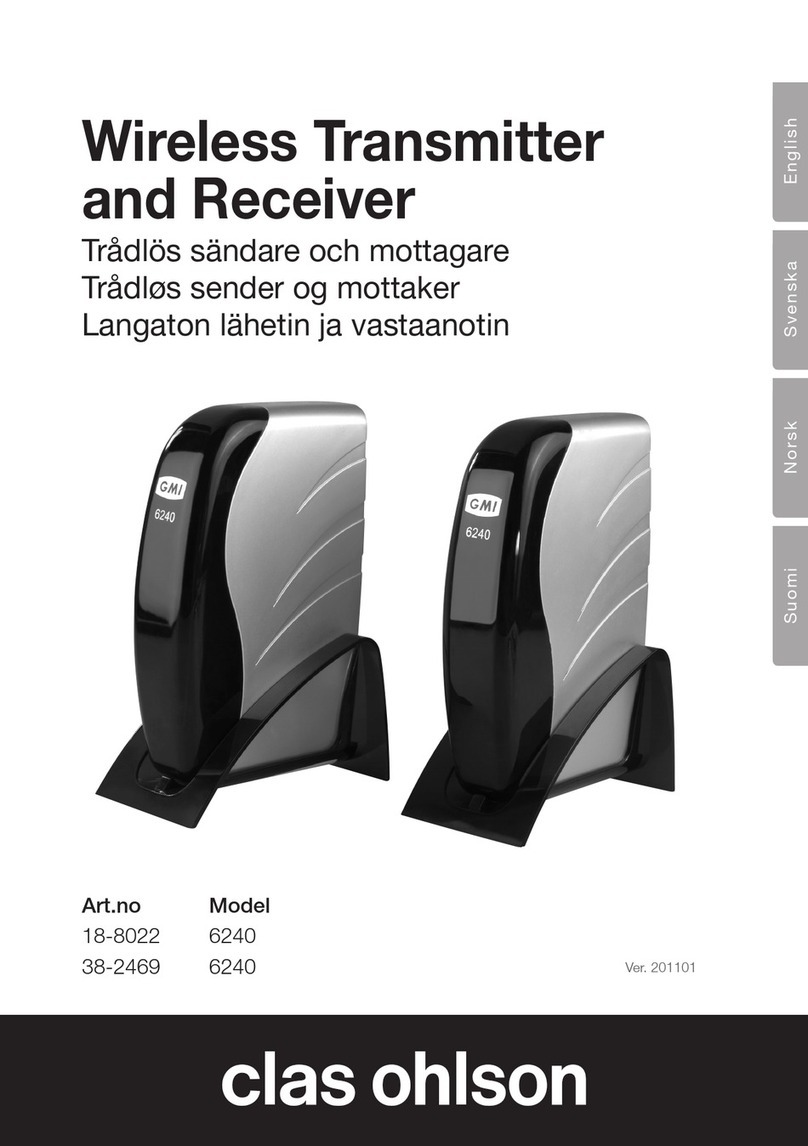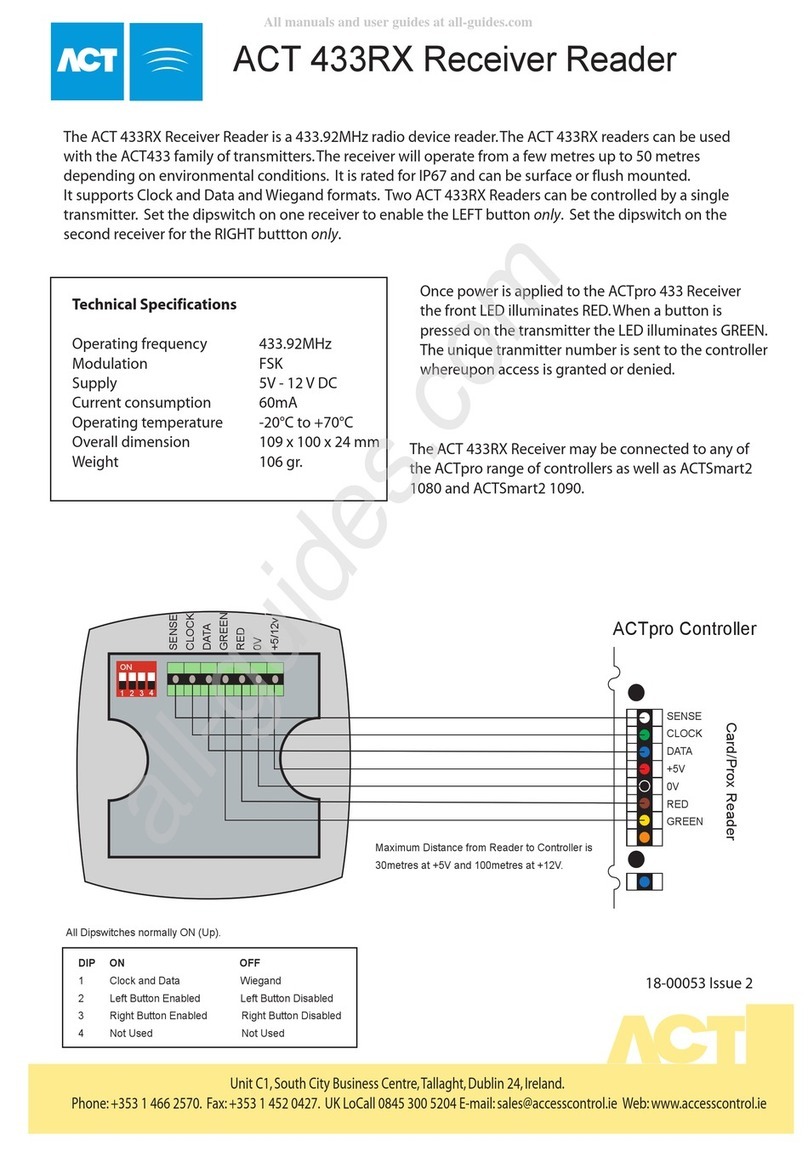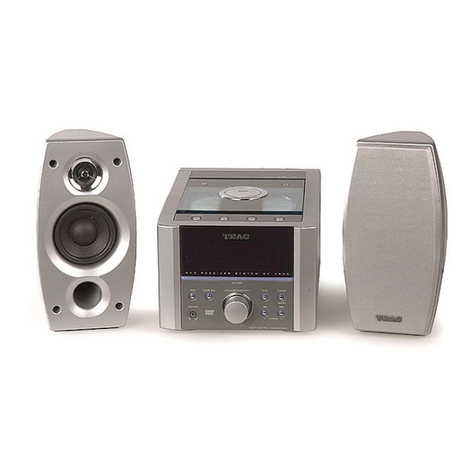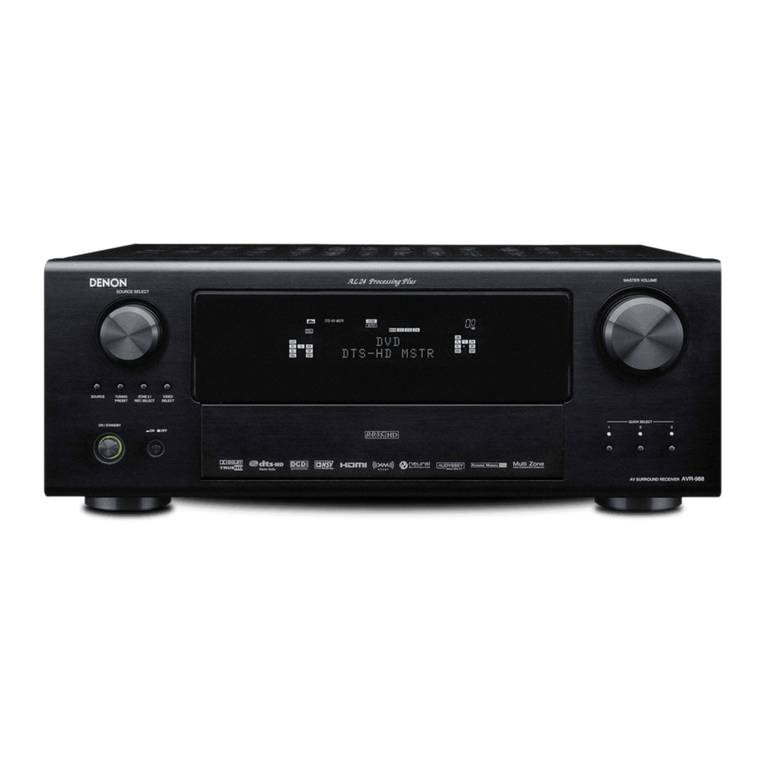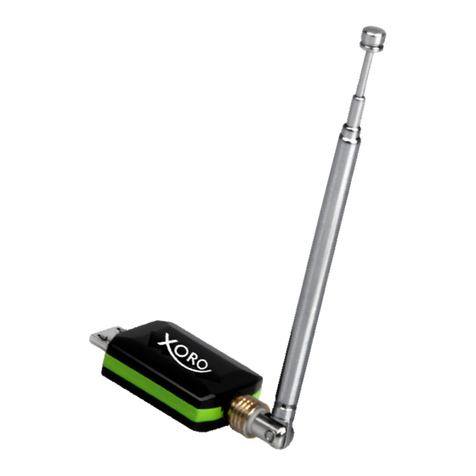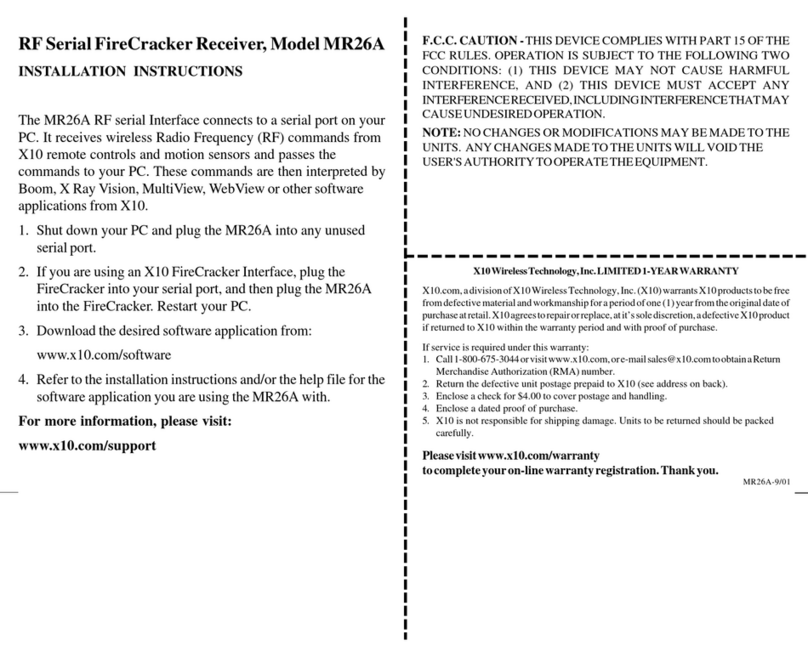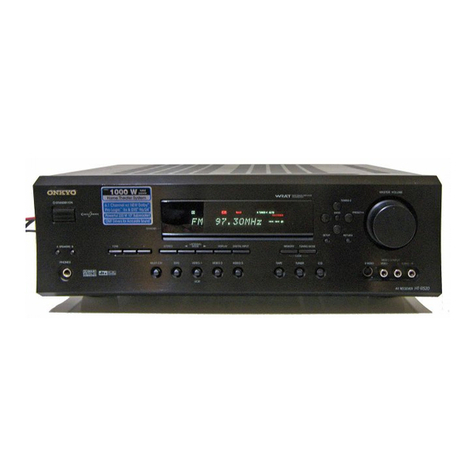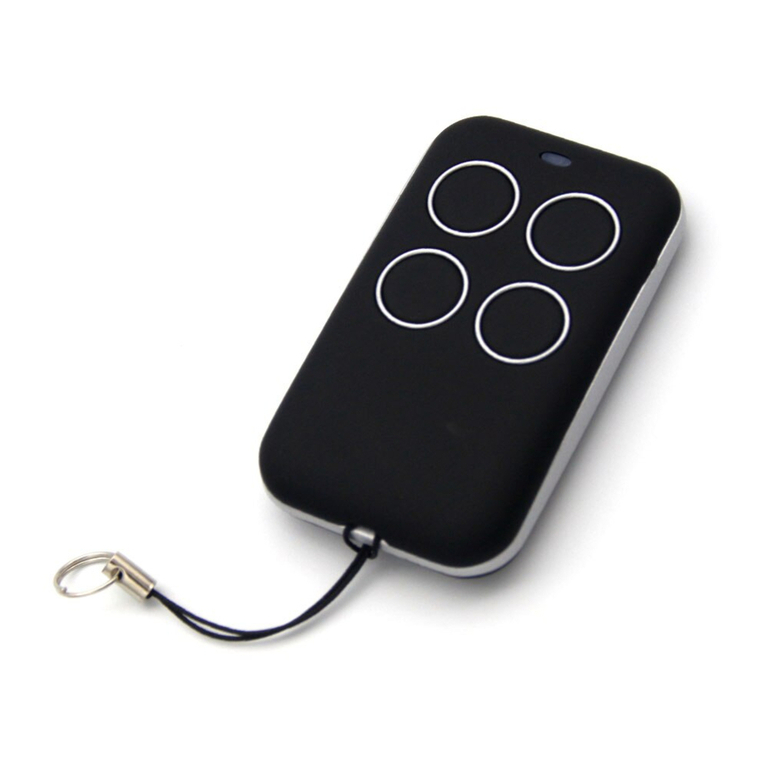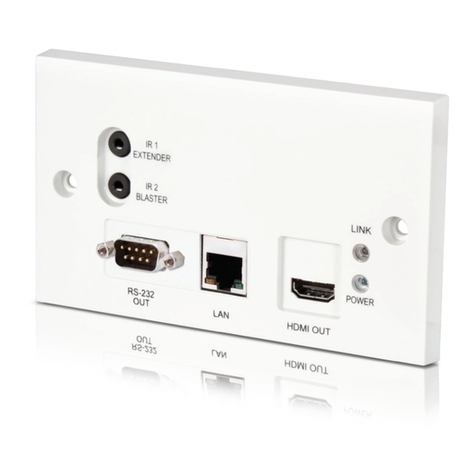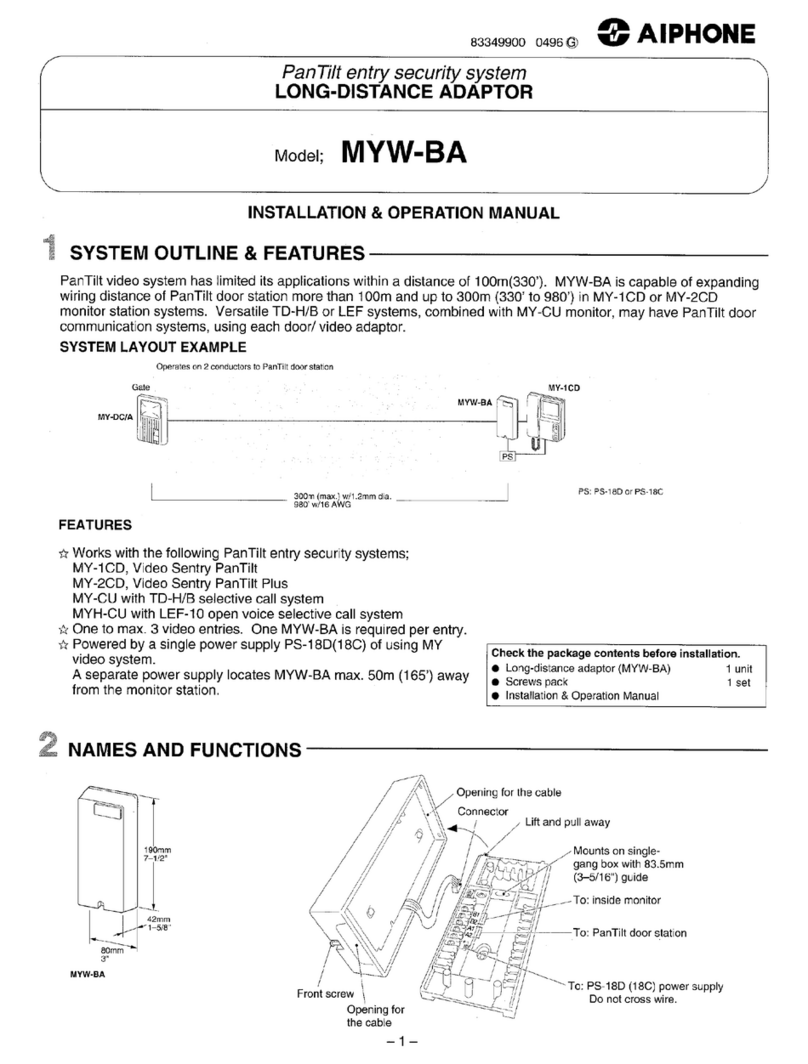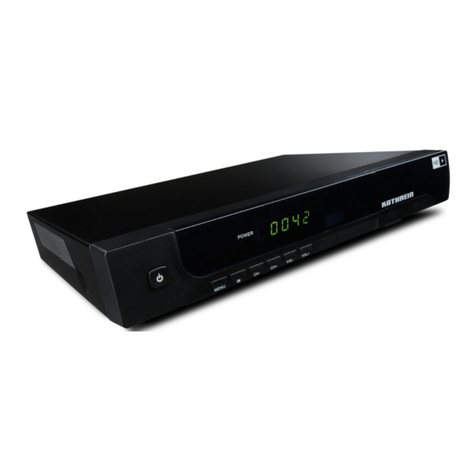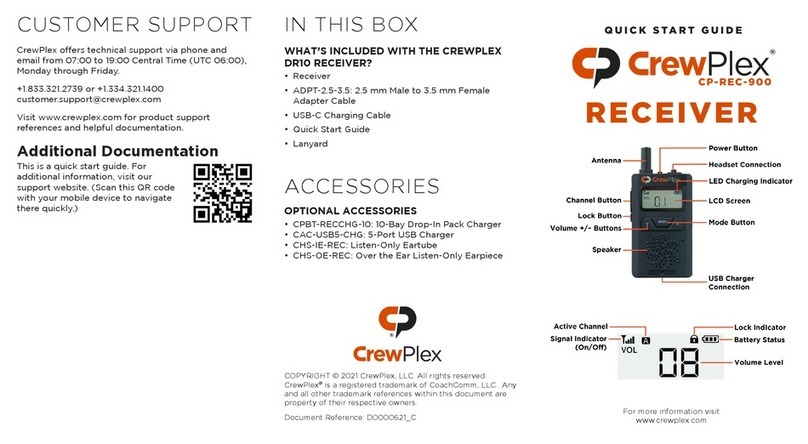VisionNet HAWK User manual

9999 HAWK
Full HD Digital Satellite Receiver
Digital Innovation Life
User's Manual
HAWK


Contents
Contents i
1 Introduction 1
1.1 Features .............................. 1
1.2 Accessories ............................ 2
1.3 The Remote Control ....................... 3
1.4 Getting Started .......................... 5
1.5 The Apps Screen ......................... 6
2 Installation 8
2.1 Satellite Dish Connection .................... 9
2.2 TV Connections .......................... 9
HDMI connection ......................... 9
Composite Video Connection .................. 10
2.3 AV Receiver Connection ..................... 10
2.4 Network Connection ....................... 11
2.5 Mounting the Receiver on a TV ................. 11
3 Scanning for Channels 13
3.1 Satellite Dish Settings ...................... 13
LNB Settings ............................ 13
Unicable Settings ......................... 14
3.2 Using a Motorized Dish ..................... 14
Using DiSEqC 1.2 ......................... 15
Using USALS ............................ 16
3.3 Scanning for Satellite TV Channels ............... 17
Scanning for Every Channel ................... 18
Scanning a Specific Transponder ................ 18

Scanning for One Channel .................... 19
4 Watching TV 20
4.1 Channel List ............................ 21
Channel List Preferences ..................... 21
4.2 TV Programme Guide ....................... 22
Programme Guide Preferences ................. 23
4.3 Controlling Audio ......................... 24
4.4 Displaying Subtitles ....................... 25
4.5 Watching Two Channels Simultaneously ............ 25
4.6 Viewing Teletext ......................... 26
4.7 Watching Pay Channels ..................... 26
4.8 Watching Subchannels ...................... 27
4.9 Setting Up Timers ......................... 27
Wake-Up Timer .......................... 27
Sleep Timer ............................ 27
4.10 Managing Channels ....................... 28
4.11 HbbTV ............................... 29
5 Recording TV 31
5.1 Recording TV Programmes ................... 31
Scheduling TV Recordings Using the Programme Guide . . . 31
Manually Scheduling TV Recordings .............. 32
5.2 Time-Shifting ........................... 32
5.3 Playing Recordings ........................ 33
5.4 Recording Preferences ...................... 33
6 Playing Media Files 35
6.1 Managing Storage Devices ................... 35
6.2 Managing Files .......................... 36
6.3 Playing Recordings and Videos ................. 37
6.4 Viewing Photos .......................... 38
Slideshow Preferences ...................... 39
C

6.5 Playing Music ........................... 39
6.6 Playing Media files from Other Devices ............ 40
Accessing Other Devices ..................... 40
Allowing Other Devices to Access the Receiver ........ 40
7 Apps 41
7.1 Web Browser ........................... 41
Viewing a Webpage ....................... 41
Navigating Webpages ...................... 42
Bookmarks ............................. 42
Entering Text ........................... 43
7.2 YouTube .............................. 43
Playing Videos ........................... 43
7.3 Free TV+ .............................. 44
7.4 Internet TV+ ............................ 44
7.5 Internet Radio+ .......................... 45
7.6 RSS News ............................. 46
7.7 User Data ............................. 46
7.8 TV Portal+ ............................. 47
7.9 Torrent Player ........................... 47
7.10 Weather Forecast ......................... 48
7.11 PlugIn ............................... 48
PlugIn Server Settings ...................... 49
8 Preference Settings 50
8.1 Language Settings ........................ 50
8.2 Network Settings ......................... 50
Proxy Server Settings ....................... 51
DDNS Settings .......................... 51
8.3 Clock Settings ........................... 51
8.4 Audio and Video Settings .................... 52
8.5 On-Screen Display Settings ................... 53
Using Different Fonts ....................... 53
C

8.6 Parental Control .......................... 54
8.7 Maintaining the Digital TV Receiver .............. 54
Sharing Channel Data ...................... 55
8.8 Updating the Digital TV Receiver ................ 55
Online Update ........................... 56
Software Server Settings ..................... 56
A Legal Notices 57
C

1 Introduction
1.1 Features
Beyond simply receiving satellite signals, this digital TV receiver has many
convenient and advanced features:
• This receiver has two slots for CA modules and pay-TV cards. See Watch-
ing Pay Channels on page 26.
• Users can use removable storage devices to record TV programmes. It
is possible to schedule this receiver to record not only a single TV pro-
gramme but also every episode of a series using the programme guide.
See Recording TV on page 31.
• Users can pause and resume a live programme. See Time-Shifting on
page 32.
• This receiver can play many kinds of media files, including photos, music,
and videos. See Playing Media Files on page 35.
• This receiver can play media files from other devices, such as computers
and network-attached storages. See Playing Media files from Other
Devices on page 40.
• This receiver provides a variety of apps, including YouTube. See The Apps
Screen on page 6.
1

1.2 Accessories
The following accessories are included with the digital TV receiver.
Remote control Batteries Power adapter
HDMI cable Jack-to-RCA cable
(optional)
TV mount bracket
(optional)
Remote control
extender (optional)
User guide
2 1.2 A

1.3 The Remote Control
Use the remote control to control the digital TV receiver. Make sure that bat-
teries are installed correctly in the remote control.
I 3

.
.
.
1: Turn the digital TV receiver on or off.
.
.
.
2: Mute the sound.
This button also can be used to change the picture resolution. Press and
hold this button until the current resolution is displayed. Repeatedly
press it to change the resolution, then press the EXIT button to return it
to the original button function.
.
.
.
3Use the numeric buttons to enter numbers.
.
.
.
4Subtitle: Display subtitles. See Displaying Subtitles on page 25.
.
.
.
5Teletext: Display teletext pages. See Viewing Teletext on page 26.
.
.
.
6Use these navigation buttons to navigate the menus and interactive
screens.
.
.
.
7OK: Select an item. In addition, use this button to display the channel
list. See Channel List on page 21.
.
.
.
8: Display the list of files stored in a removable storage device. See
Playing Media Files on page 35.
.
.
.
9MENU: Display apps. See The Apps Screen on page 6. In addition, use
this button to return to the higher menu level.
.
.
.
10 EXIT: Return to the previous screen or close the current list or dialogue
box.
.
.
.
11 FAV: Display the list of favourite channels.
.
.
.
12 EPG: Display the programme guide. See TV Programme Guide on page
22.
.
.
.
13 RECALL: Display the list of recently-viewed channels.
.
.
.
14 Use these buttons to control recording and playback. See Recording TV
on page 31 and Playing Media Files on page 35.
.
.
.
15 Use these volume buttons to adjust the volume.
.
.
.
16 Use these channel buttons to change channels.
.
.
.
17 These colour buttons perform different functions, depending on what
the digital TV receiver is currently doing.
4 1.3 T R C

.
.
.
18 Use these buttons to scroll lists.
.
.
.
19 TV/RAD: Switch between TV channels and radio stations.
.
.
.
20 INFO: Display information about the current programme.
.
.
.
21 Use these buttons to watch two different channels at the same time. See
Watching Two Channels Simultaneously on page 25.
1.4 Getting Started
Install the digital TV receiver properly, referring to Installation on page 8.
Plug the power adapter into a power outlet, and insert the connector into
the power socket on the rear of the receiver. Then press the power button
on the remote control to turn on the receiver.
When turning on the receiver for the first time, the initial setup process auto-
matically starts. Follow the on-screen instructions to finish the process. At
each step, either make a choice or skip the step:
1. Choose a language for the user interface.
2. Configure the network settings. See Network Connection on page 11
and Network Settings on page 50.
3. Install add-ons to internet-based apps, such as Free TV+ and Internet Ra-
dio+, when an internet connection is available. Additionally, determine
whether to restore the receiver using the stored settings and channels,
if there is any backup data.
4. Set the clock. See Clock Settings on page 51.
5. Scan for TV channels. See Scanning for Channels on page 13.
I 5

1.5 The Apps Screen
Press the MENU button to open the apps screen. The apps screen displays
various app icons in multiple folders, as follows:
•CAS: See Watching Pay Channels on page 26.
•Data Transfer: See Sharing Channel Data on page 55.
•Media Server: See Allowing Other Devices to Access the Receiver on
page 40.
•Remote Play+: See Playing Media files from Other Devices on page 40.
•Schedule: See Manually Scheduling TV Recordings on page 32.
•Software: See Online Update on page 56.
•Storage Manager: See Managing Storage Devices on page 35.
•System: See Updating the Digital TV Receiver on page 55.
•USB Storage: See Updating the Digital TV Receiver on page 55.
For other apps, see Apps on page 41.
6 1.5 T A S

..
Note
.
While some apps, such as Calendar, are easy to use, other internet-based
apps may be unavailable or restricted, depending on the country, so this
guide does not cover every app provided by this receiver.
To access the customary setting menus, select Settings or, alternatively,
press the red button to quickly access it.
I 7

2 Installation
Install the digital TV receiver, limited by the specifications shown in the table
below.
Maximum power consumption 28 W when in operation
0.5 W when in standby mode
Size 220 mm ×35 mm ×145 mm
Weight 0.6 kg
Operating temperature 32–113 °F, 0–45 °C
Storage temperature 14–158 °F, -10–70 °C
On the rear, this digital TV receiver has several connectors:
• A satellite dish connector
• AV connectors for a TV and an AV receiver
• USB ports for removable storage devices
• An Ethernet port for internet connection
• A remote control extender connector
The RS-232C port may be used only by an engineer for installation or service.
8

2.1 Satellite Dish Connection
Connect the cable from the satellite dish to LNB IN.
2.2 TV Connections
This digital TV receiver has two video connectors for use by a TV.
• HDMI
• Composite video
Use an HDMI connector to connect the receiver to a TV for the best picture
quality. If the TV has no available HDMI connector, use the composite video
connector.
HDMI connection
Connect the receiver’s HDMI output connectors to the TV’s HDMI input con-
nector using an HDMI cable.
I 9

..
Note
.
Some HDMI cables and TVs may not be compatible with the receiver due
to differing HDMI specifications.
Composite Video Connection
Insert a jack-to-RCA cable’s jack into the A/V OUT socket on the receiver, then
insert the RCA plugs on the other end into the TV’s composite video and
audio input sockets. Make sure to match the connectors’ colours properly.
..
Note
.
Composite video connectors cannot carry HD video.
2.3 AV Receiver Connection
Use an AV receiver for better audio quality. Connect the receiver’s SPDIF con-
nector to the AV receiver’s digital audio input connector using an optical au-
dio cable.
10 2.3 AV R C

2.4 Network Connection
Connect the receiver’s LAN port to the router using a network cable. For
details on how to configure the network settings, see Network Settings on
page 50.
2.5 Mounting the Receiver on a TV
If necessary, mount the receiver on the TV to save space. Install the TV mount
bracket on the back of the TV, and then attach the receiver to the bracket, as
illustrated by the drawings above.
I 11

Connect the remote control extender to the IR Rec. socket on the receiver.
Make sure that the extender does not face directly into light sources, such as
lamps or displays. Directing light at the extender may interfere with remote
control signal transmission.
12 2.5 M R TV

3 Scanning for Channels
3.1 Satellite Dish Settings
LNB Settings
A group of satellite dish settings must be properly configured for each de-
sired satellite before performing a channel scan.
Open the apps screen and select Settings >Dish Setting. There are two
signal bars on the lower part of the screen. The signal level bar indicates
how strong the signal is, and the signal quality bar indicates how easy it is to
pick up. To view an enlarged signal bar display, press the blue button.
Configure the following settings properly using the signal bars.
•Satellite: Choose a target satellite from the list of satellites.
•Frequency: Choose a target transponder from the list of transponders.
•LNB Power: An LNB must be supplied with power to operate. Turn this
on to supply the LNB with power if it doesn’t have its own power supply.
•LNB Type: Specify what type of LNB is used.
•LNB Frequency: Specify what frequency the LNB generates. A dual-
band LNB, also called universal LNB, generates two alternative frequen-
cies to receive a wider band of satellite frequencies.
•LNB 22 kHz: Either turn this on or off to pick up a higher or lower fre-
quency band.
•DiSEqC Switch: If one or more typical DiSEqC switches are used, this op-
tion must be set properly. Specify which of the DiSEqC ports is connected
to the intended dish.
On this screen, users can change satellite and transponder data.
13

Rename a satellite: Choose Satellite and select a satellite. Press the red but-
ton and then enter a new name using the on-screen keyboard.
Edit a satellite’s longitude: Choose Satellite and select a satellite. Press the
green button and then modify the longitude.
Clear all transponders of a satellite: Choose Satellite and select a satellite.
Press the yellow button and then confirm to clear them.
Add a transponder: Place the focus on Frequency and press the green but-
ton. Specify the frequency, symbol rate, and polarization.
Edit a transponder: Choose Frequency and select a transponder. Press the
yellow button and then modify the transponder’s details.
Delete a transponder: Choose Frequency and select a transponder. Press
the red button and then confirm to delete it.
Unicable Settings
If the user’s house is equipped with a single cable router, configure unicable
settings properly.
Open the apps screen and select Settings >Dish Setting. Set LNB Type to
Unicable and then choose Unicable Setting. Choose Config Mode and de-
termine whether to scan for all available channels or a specific channel. Spe-
cify the details, such as port and predetermined intermediate frequency.
3.2 Using a Motorized Dish
While a fixed dish usually only picks up one satellite, a motorized dish can
pick up multiple satellites.
There are two control methods for motorized dishes: DiSEqC 1.2 and USALS.
With DiSEqC 1.2, the user must manually operate the dish to locate satellites
one by one. The digital TV receiver stores each satellite position for later use.
14 3.2 U M D
Table of contents
Other VisionNet Receiver manuals


